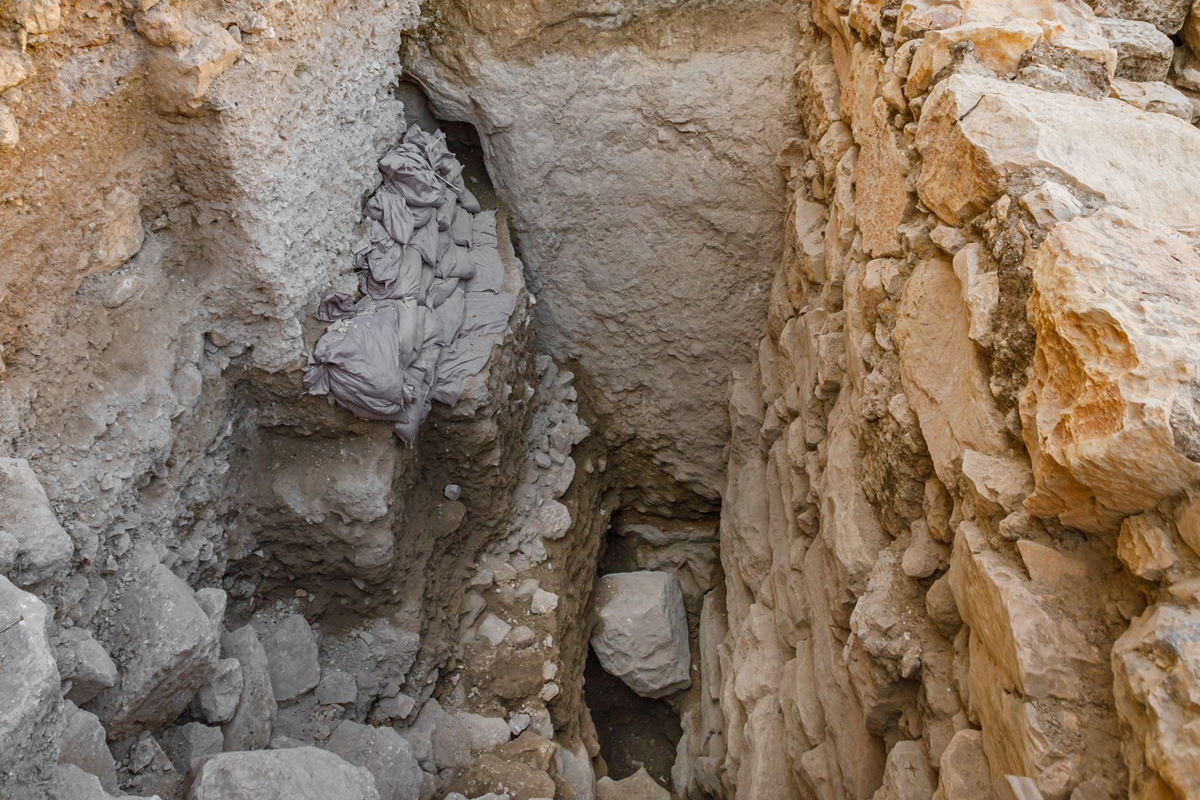Archaeologists from the Israel Antiquities Authority (IAA) and Tel Aviv University have discovered a large 30 metre wide moat that separated the City of David from Temple Mount.
Excavations in the Jerusalem Walls National Park revealed a massive impassable channel up to 9 metres deep by 30 metres wide.
Archaeological evidence indicates that the moat was cut when Jerusalem was the capital of the Kingdom of Judah. At this time, the moat would have separated the southern residential part of Jerusalem from the upper city, where the palace and temple were located.
According to a press statement by the IAA: “The creation of the moat was a large-scale, monumental operation, designed to change and modify the natural topography to demonstrate the power of Jerusalem’s rulers.”
Prof. Yuval Gadot from Tel Aviv University, said: “Following the dramatic discovery, we re-examined the past excavation reports written by the British archaeologist Kathleen Kenyon, who excavated in the City of David in the 1960s, in an area located slightly east of today’s Givati Parking Lot.”

“It became clear to us that Kenyon noticed that the natural rock slopes towards the north, in a place where it should naturally have risen. She thought it was a natural valley, but now it turns out that she had uncovered the continuation of the moat, carved to the west,” added Prof. Gadot.
The connection of the two uncovered sections creates a deep and wide moat that extends across at least 70 meters, from west to east.
The exact date the moat was cut is inconclusive, however, most significant construction plans and quarrying in Jerusalem date from the Middle Bronze Age, around 3,800 years ago.
Dr. Yiftah Shalev from the IAA, said: “If the moat was cut during this period, then it was intended to protect the city from the north – the only weak point of the City of David slope. Either way, we are confident that it was used at the time of the First Temple and the Kingdom of Judah (9th century BC), so it created a clear buffer between the residential city in the south, and the upper city in the north”.
Header Image Credit : Eliyahu Yanai, Eric Marmur, and Meir Ganon
Sources : Gadot, Y., Bocher, E., Freud, L., & Shalev, Y. (2023). An Early Iron Age Moat in Jerusalem between the Ophel and the Southeastern Ridge/City of David. Tel Aviv, 50(2), 147–170. https://doi.org/10.1080/03344355.2023.2246811







